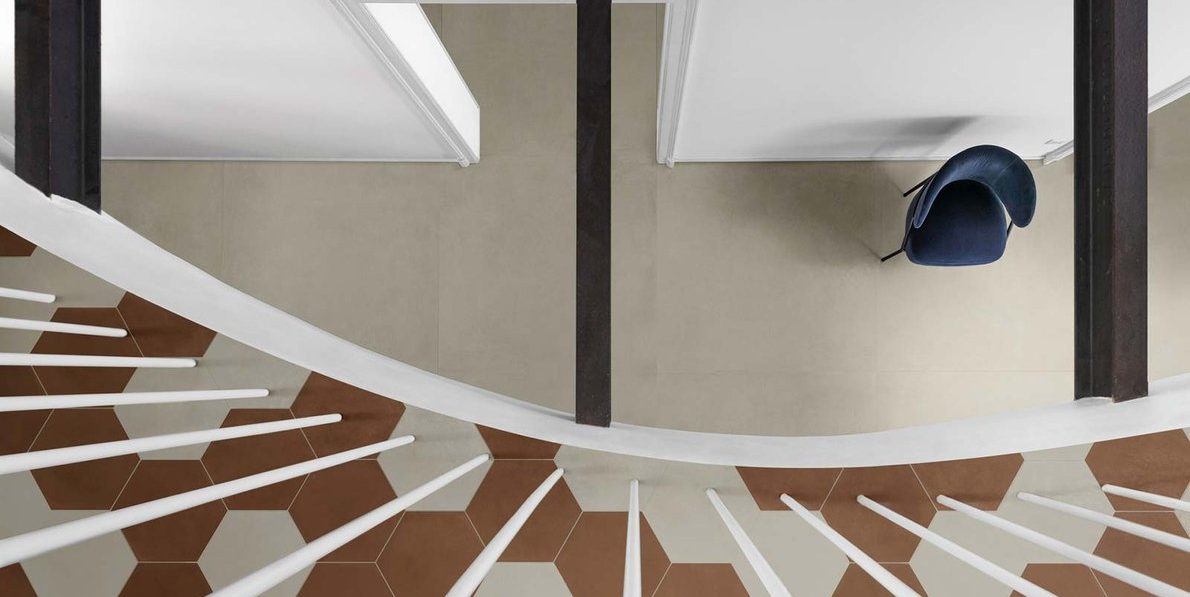
Defining Minimalist, which colours to choose, how to combine materials and what kind of furniture you need: explore one of the most popular, elegant trends and embrace a real lifestyle.
Defining Minimalist style and what it means today
Minimalism originated in the 1970s as a cultural movement in opposition to the excesses typical of Pop Art and embraced art, literature and architecture, with a gradual drive towards the elimination of all superfluity. “The term was first used in 1965 by British art philosopher Richard Wollheim in an article entitled Minimal Art, published in Arts Magazine” (source: Wikipedia, translation).
Eliminating the superfluous to focus on the essential: less is more, to quote one of the slogans that best expresses the idea of what has evolved over time into a real lifestyle.
The Minimalist style requires all forms of cultural expression to concentrate on what matters and avoid wasted energy and all forms of excess. A return to simplicity that translates, in architecture, into the use of just a few carefully chosen pieces of furniture and the design of functional, plain interiors.
A contemporary Minimalist home is not cold or impersonal: on the contrary, it can convey refinement and good taste in an uncluttered style that highlights a few well chosen features, both materials and furnishings. Let’s take a look at how to furnish a home in Minimalist style with the aid of a few fundamental rules. The foolproof method is to trust to a skilled professional able to find the right trade-off between simplicity and personality, to ensure that the effect is not too bare or anonymous.
Furnishing a home in Minimalist style: the choice of colours
A modern Minimalist home requires neutral colours and delicate shades. Elegant decors and simple patterns which enhance the details, the protagonists of the interior design scheme. An iconic item of furniture, a vintage ornament, a piece of family memorabilia, a painting, a wall or a section of one: the colour scheme must be chosen to provide the overall effect of a blank canvas on which the rest of the project can be painted.
Beige, grey, greige, and desaturated, dusty pastels: these are the recommended shades for a home in Minimalist and contemporary style, where the walls and floors create a neutral container for just a few, elegant items of furniture.
An elegant, Minimalist home: materials
Furnishing a home in Minimalist style also means minimising the number of products and materials used. From this point of view, porcelain stoneware offers a great advantage: different styles and roles can be interpreted using a single covering material, providing contemporary interiors with a powerful creative tool. Wood, stone, marble, resin and metal-effect surfaces are all offered by a functional, practical material able to cover floors, walls, pools, outdoor areas, countertops, tables and furniture.
Yes, even furniture, because large stoneware slabs can be used as furnishings: discover our The Top project.
Obviously, natural materials can be combined with modern and technical ones (not just porcelain stoneware but also, for example, all the solid and other surfaces now available thanks to the huge progress in research and production processes): so wood, marbles, stones, resins and concrete can all be freely used. It is just a matter of balance and combining solid and empty forms.
Furnishing a home in Minimalist style: the choice of furniture
Modern Minimalist furniture has extremely simple lines, both right-angled and rounded, and flat surfaces without too much alternation of forms. Even handles are often discarded in favour of more Minimalist concealed opening systems.
Chic Minimalist furniture is also extremely convenient, practical and rational in its use of space and reduction of superfluities. The choice of furniture is very important to achieve a home in Minimalist style which is comfortable and not weighed down with two many items. Here again, the keyword is simplicity. If in doubt about how many pieces of furniture to include, it can be a good idea to start with the fundamentals, and then gradually decide whether it is really necessary to add anything else.
So to sum up, to furnish a contemporary Minimalist home the key factors are:
- neutral colours and delicate shades;
- simple, clean lines;
- a few practical, functional materials, like porcelain stoneware;
- plain, rational furniture.
Any questions please feel free to ask me through Andrew@sinotxj.com
Post time: Oct-11-2023


